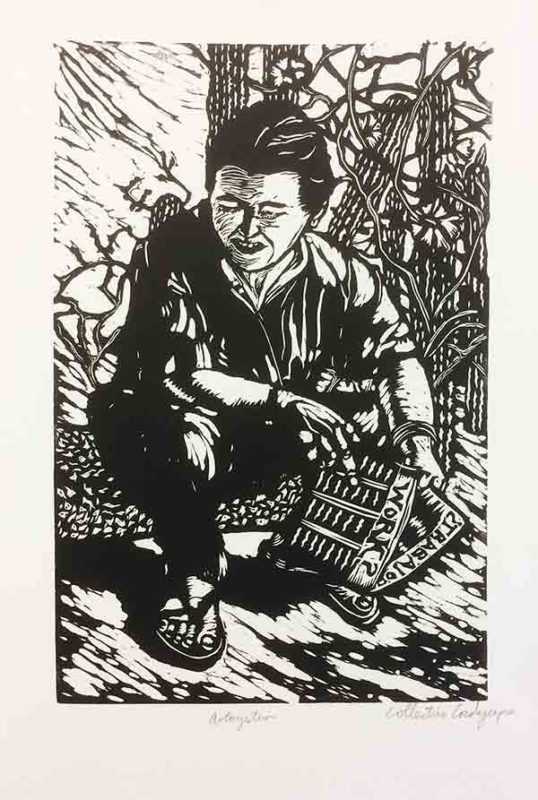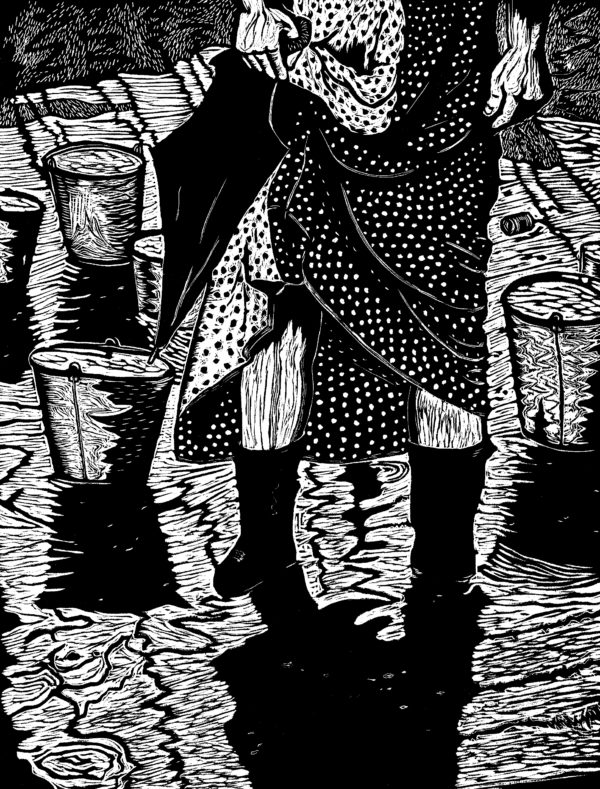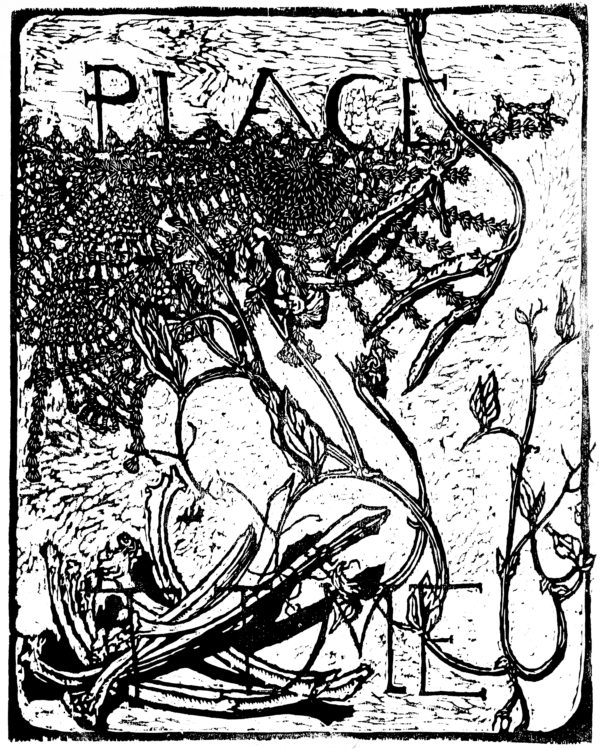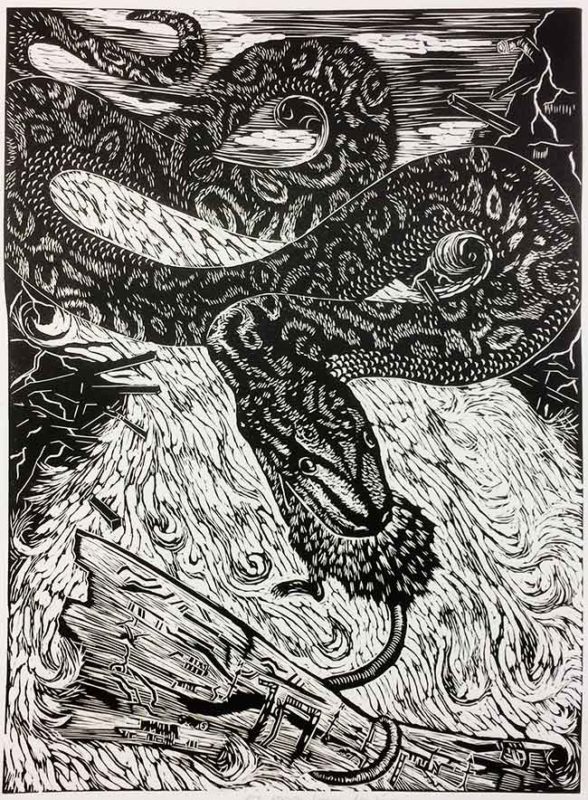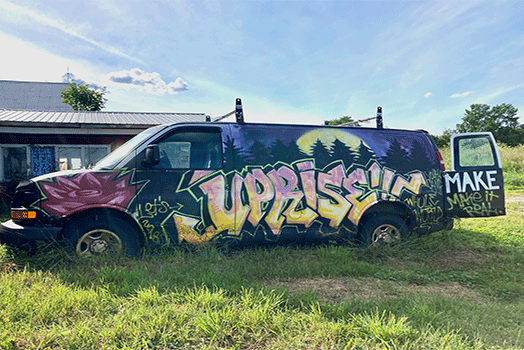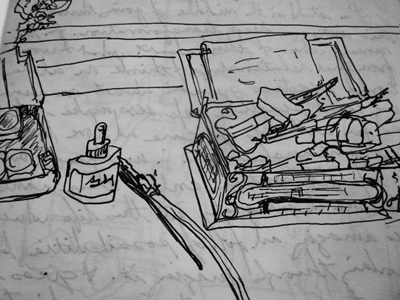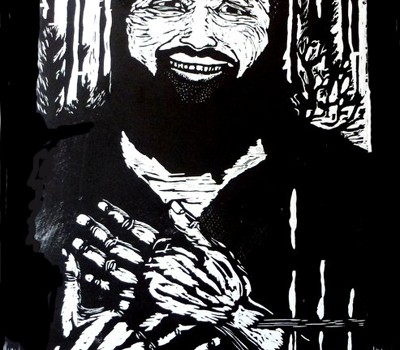Teazal was brought to the Willamette Valley from Scotland to comb out sheep wool, so they say. Now it is home to the frogs in the summer. When the land starts to dry the teazals' leaves are like cups that hold in the summer rains, giving it the meaning of it's name. It's large seed heads are food for the birds late into the fall. It's tall, thick and spiky nature are protection for the elk and deer during birthing… And it is a noxious weed. It grows thick in the open meadows and competes for space with all the native grasses and flowers including lupine which the fender blue butterfly needs to survive. What does it mean for it to stay? What would it mean for it to go after a hundred or more years of the surrounding ecology doing such amazing balancing acts? For me this image is also a self reflection on being a human and how I've evolved or not with my surroundings. It is a reflection on my family farm that went from a agriculture focus to restoration of the wetlands, forest, the return of all the noxious weeds and wildlife with it.

